From Forester Media
July 26, 2019
This piece is an abridged version of a feature article by the author that appeared in the Spring 2019 issue of Wing Beats magazine, an official publication of the American Mosquito Control Association.
In August 2012, I investigated a catch basin in the City of San Leandro, CA, that I had inspected for mosquito production many times before. To my surprise, I saw a metal screened box bolted to the wall of the basin covering the outlet pipe. I walked to another catch basin and there was another one, and then another. What were these things, and why were they there?
Trash capture devices (TCD) are installed in catch basins to prevent trash from flowing into creeks, canals, and bays. These devices are a byproduct of the federal Clean Water Act and similar state regulations. Trash capture is a prominent issue in the San Francisco Bay Area as the region set ambitious goals to reduce trash entering waterways, and by 2030 the mandate will be fully implemented statewide in California.
While TCDs come in many shapes, configurations, and designs to maximize trash capture performance, an unintended and problematic consequence is that many pose substantial problems for inspecting and treating catch basins for mosquito larvae without completely dismantling the device. With tens of thousands of catch basins in Alameda County that need to be inspected and treated several times in a season, we quickly realized the profound impact TCDs would have on our ability to control mosquitoes and protect public health.
